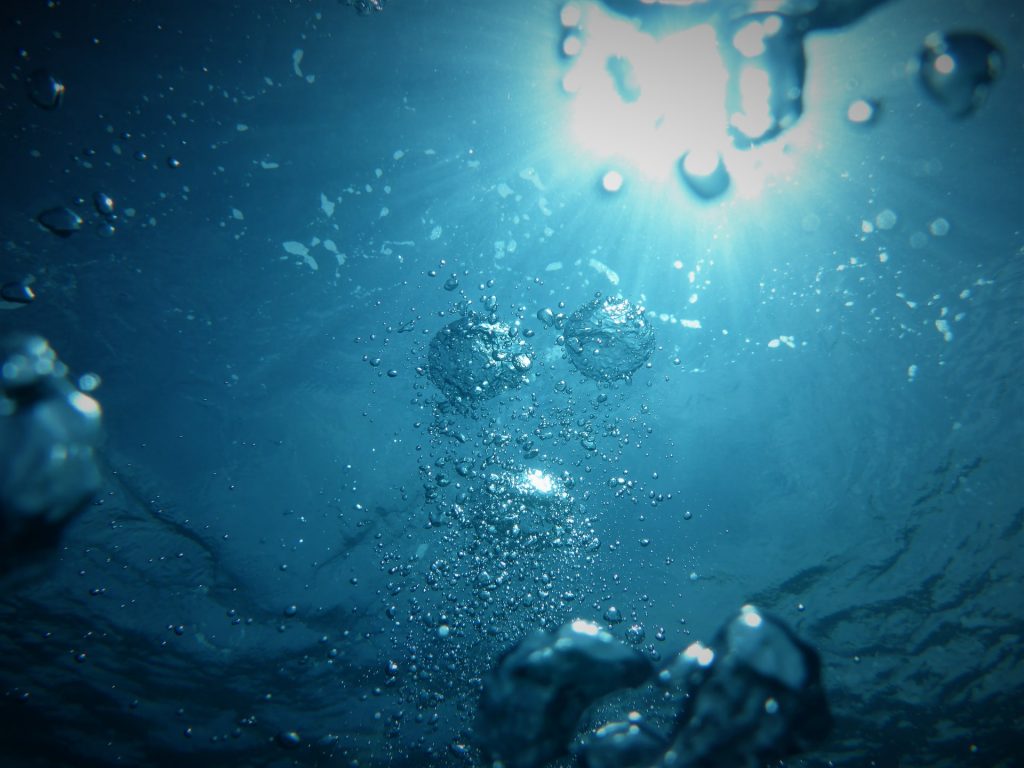What Is Life?
By definition, if we are interested in investigating what life could evolve on a planet then it must be habitable. However, what defines habitability? Clearly it depends on the definition of life itself. So, what is life?

At the moment in primary school, my children are learning that there are seven things that living organisms have in common. These can be remembered with the mnemonic MRS GREN:
- Movement – all living things move, even plants
- Respiration – getting energy from food
- Sensitivity – detecting changes in the surroundings
- Growth – all living things grow
- Reproduction – making more living things of the same type
- Excretion – getting rid of waste
- Nutrition – taking in and using food
This is actually quite general and doesn’t really define how a living organisms would actually achieve this. I suppose I shouldn’t expect that they would be learning about DNA, ATP and cell membranes just yet though…
Lyfe vs. Life
A recent paper entitled Defining Lyfe in the Universe: From Three Privileged Functions to Four Pillars attempts to define a more general definition of life, known as Lyfe:
Lyfe is any hypothetical phenomenon that maintains a low-entropy state via dissipation and disequilibria conversions, utilizes autocatalytic networks to achieve nonlinear growth and proliferation, employs homeostatic regulatory mechanisms to maintain stability and mitigate external perturbations, and acquires and processes functional information about its environment.
This is perhaps not very helpful but it is pretty much the same as MRS GREN. Applying this logic there may be several plausible exotic ways of producing Lyfe. Alternative cell membranes called azotosomes have been proposed as a plausible mechanism for cells to form in methane oceans on Saturn’s moon, Titan. Perhaps the most commonly encountered (in speculative fiction that is) alternative to Earth life is silicon based life rather than carbon based. Even self-organised ionised specks of dust have been suggested as a possibility.
However, while these options would be interesting areas of speculation, for the time being a more traditional definition of life would be better. In contrast to Lyfe, life was defined as:
Life is an autocatalytic network of organometallic chemicals in aqueous solution that records and processes information about its environment in molecular form and achieves dynamical order by dissipating any subset of the following disequilibria: redox gradients, chemiosmotic gradients, visible/thermal photons, etc.
This is still quite a mouthful but it can basically be reduced to three requirements:
- An environment containing essential chemicals
- Liquid water as a solvent
- Energy sources for a metabolism
Liquid water is vital
Obviously Earth meets the criteria for habitability but would a potential exoplanet? Simplistically speaking “typical” exoplanets will contain a range of chemicals and as long as they are not too far from their star there will be some energy present for life to use. Therefore, perhaps the primary factor to determine if a planet is habitable is the presence of liquid water.
Other than Earth, there are several locations in our solar system where liquid water is potentially present. NASA has produced an infographic including the following locations:
- Ceres
- Moons of Jupiter
- Europa
- Ganymede
- Callisto
- Moons of Saturn
- Enceladus
- Titan
- Mimas
- Moon of Neptune
- Triton
- Pluto
Therefore, a key factor in designing a plausible exoplanet for life to evolve on is to ensure that conditions are suitable for liquid water. This could be an open ocean as on Earth, a cold ocean sealed beneath thick ice sheets as is expected on Europa, or an underground ocean as may be present on Ganymede.
Circumstellar habitable zone
The easiest and most common way of achieving this is to ensure that the illumination from the sun incident upon the planet is sufficient to raise the average temperature of the planet above the freezing point of water but below the point at which a runaway greenhouse effect renders the planet uninhabitable. This region is known as the circumstellar habitable zone (CHZ).
For stars as bright as the sun a simple rule of thumb is that the Earth is just inside the inner edge of the CHZ and Mars is just inside the outer edge. However, not all stars are the same brightness as the sun (more on that later). If a star is four times as bright as the Sun then habitable planets must be twice as far away and conversely if a star is a quarter as bright then planets must be half the distance from the sun.

The next topic to consider is therefore how (and why) the brightness of stars varies. That will be the subject of my next post.

excellence; please continue the great work.
that was I, anthony docimo; sorry…new to this form of replying system
Thanks. It's difficult finding time to write down what is in my head but I have a few posts almost finished. I'll probably slow down to writing one a week once I have a reasonable number published though.
[…] that we know that water is important to life and that stars have different luminosities it is important to consider at what distance from a […]